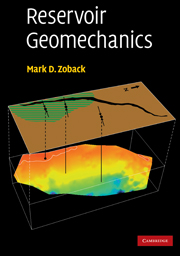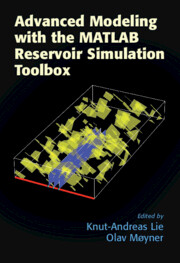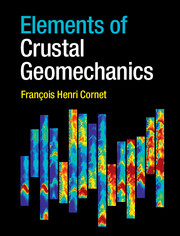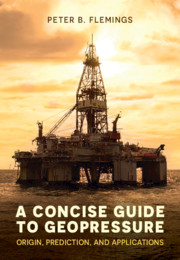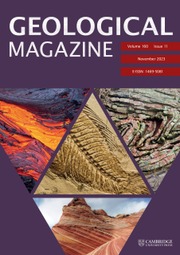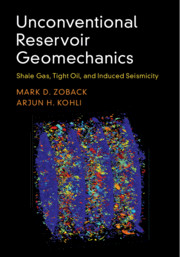Reservoir Geomechanics
This interdisciplinary book encompasses the fields of rock mechanics, structural geology and petroleum engineering to address a wide range of geomechanical problems that arise during the exploitation of oil and gas reservoirs. It considers key practical issues such as prediction of pore pressure, estimation of hydrocarbon column heights and fault seal potential, determination of optimally stable well trajectories, casing set points and mud weights, changes in reservoir performance during depletion, and production-induced faulting and subsidence. The book establishes the basic principles involved before introducing practical measurement and experimental techniques to improve recovery and reduce exploitation costs. It illustrates their successful application through case studies taken from oil and gas fields around the world. This book is a practical reference for geoscientists and engineers in the petroleum and geothermal industries, and for research scientists interested in stress measurements and their application to problems of faulting and fluid flow in the crust.
- An interdisciplinary book covering rock mechanics, structural geology and petroleum engineering
- Covers the practical issues that arise during the exploitation of oil and gas reservoirs
- Illustrates successful applications of the principles involved to improve recovery and lower costs during reservoir exploitation
Reviews & endorsements
'A very comprehensive and complete book spanning all the aspects of stress within the accessible Earth. It is particularly useful in the fields of oil industry, geothermics and seismic hazard.' Tectonophysics
'… a strong and authoritative treatment … Professor Zoback's book will be a valued guide and reference to geoscientists and engineers.' International Journal of Rock Mechanics and Mining Sciences
'A major advantage of the book is … that it provides an excellent crossover between aspects of structural geology and reservoir engineering - a link that is all too often overlooked. … It is customary to have an 'ah but …', bit towards the end, but I genuinely have very few quibbles with this book. … I would recommend it to any geologist working in a situation where faults or fractures interact with the present-day stress field.' Tim Needham, Needham Geoscience, Illkley
Product details
April 2010Paperback
9780521146197
461 pages
247 × 175 × 23 mm
0.99kg
174 b/w illus. 48 colour illus.
Temporarily unavailable - available from TBC
Table of Contents
- Foreword
- Part I. Basic Principles:
- 1. The tectonic stress field
- 2. Pore pressure at depth in sedimentary basins
- 3. Basic constitutive laws
- 4. Rock failure in compression, tension and shear
- 5. Fractures and faults in three dimensions
- Part II. Measuring Stress Orientation and Magnitude:
- 6. Compressive and tensile failures in vertical wells
- 7. Determination of S3 from minifracs and extended leak-off tests and constraining the magnitude of SHmax from wellbore failures in vertical wells
- 8. Wellbore failure and stress determination in deviated wells
- 9. Stress fields – from tectonic plates to reservoirs around the world
- Part III. Applications:
- 10. Minimizing wellbore instability
- 11. Critically stressed faults and fluid flow
- 12. Reservoir depletion
- References
- Index.

